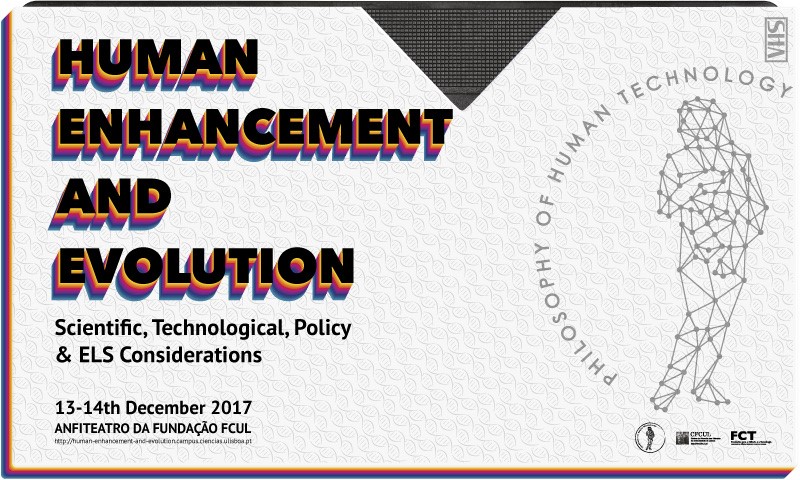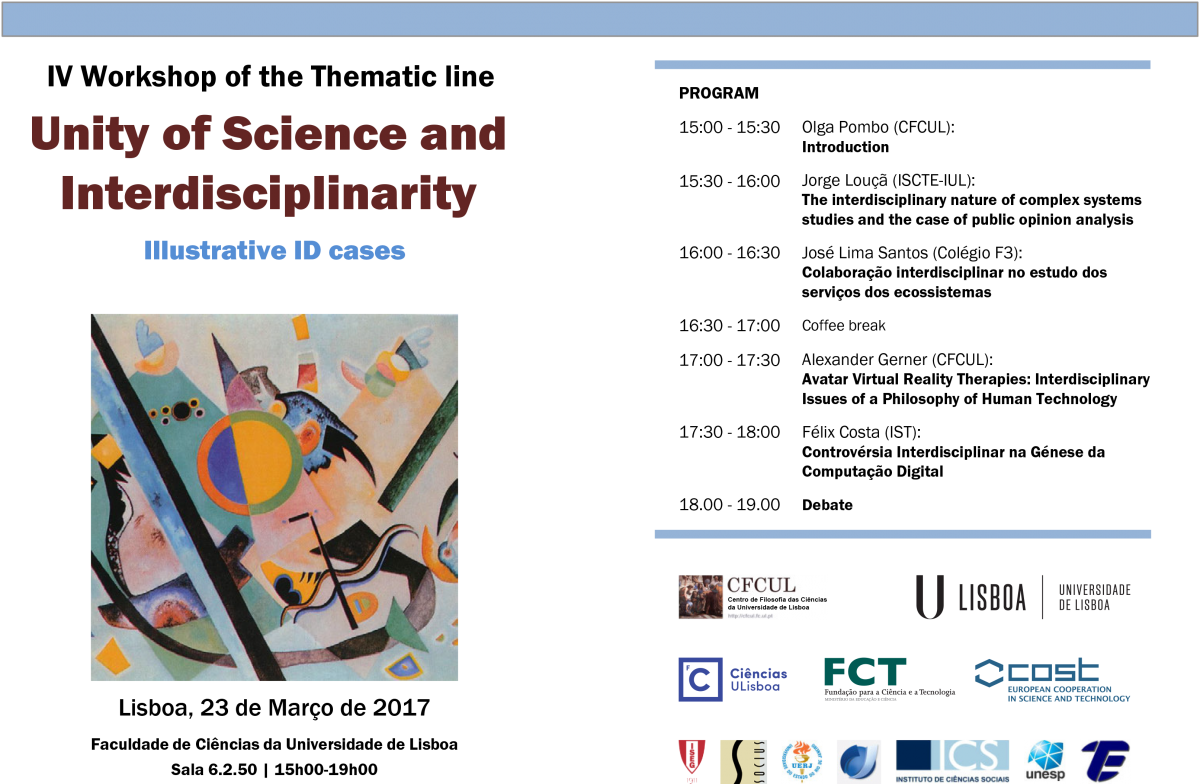Human Enhancement and Evolution


Entrada livre, mediante inscrição obrigatória.
Por Sahotra Sarkar (University of Texas at Austin, USA Presidency University, Kolkata, India).
For understanding Nature, modern science has turned to mathematical and physical models that dramatically simplified the complexity of natural phenomena and processes. This was the very key for its long-lasting success. Nevertheless, as Husserl wrote regarding Galileo, this move was simultaneously a discovering and a concealing one. In a sense, the modern understanding of Nature was caught in mathematical formulae.
Adaptationism, i.e. the claim that natural selection provides a sufficient explanation for the evolution of most traits, pervades all aspects of biological thinking. The underlying assumption supporting adaptationism is that variation is somehow random, namely, that it is neither biased nor directional.
Este workshop pretende reunir especialistas de diferentes campos disciplinares para responder a algumas perguntas fundamentais sobre a história do modelo anatómico (3D): o que é um modelo? Quem o produz? Para que serve? Como é que muda? Qual a sua relação com a realidade?
Workshop internacional, a decorrer nos dias 31 de maio (tarde) e 01 de junho (manhã).
Michèle Friend
The George Washington University
In front of the dramatic effect of the problems that humanity is facing today, more and more deep collaboration between scholars of different disciplines is necessary. Problems like deprivation, war, cannot be faced by only one disciplinary domain. They are too big and too complex as to claim for an interdisciplinary approach.
Catarina Pombo Nabais (CFCUL) e Carlos Branco (INMLCF) são os curadores da exposição "O mais profundo é a pele", numa parceria entre o CFCUL - Centro de Filosofia das Ciências da Universidade de Lisboa, o MUDE - Museu do Design e da Moda e o INMLCF - Instituto Nacional de Medicina Legal e Ciências Forenses.
Exposição patente ao público de 30 de março a 25 de junho de 2017.
